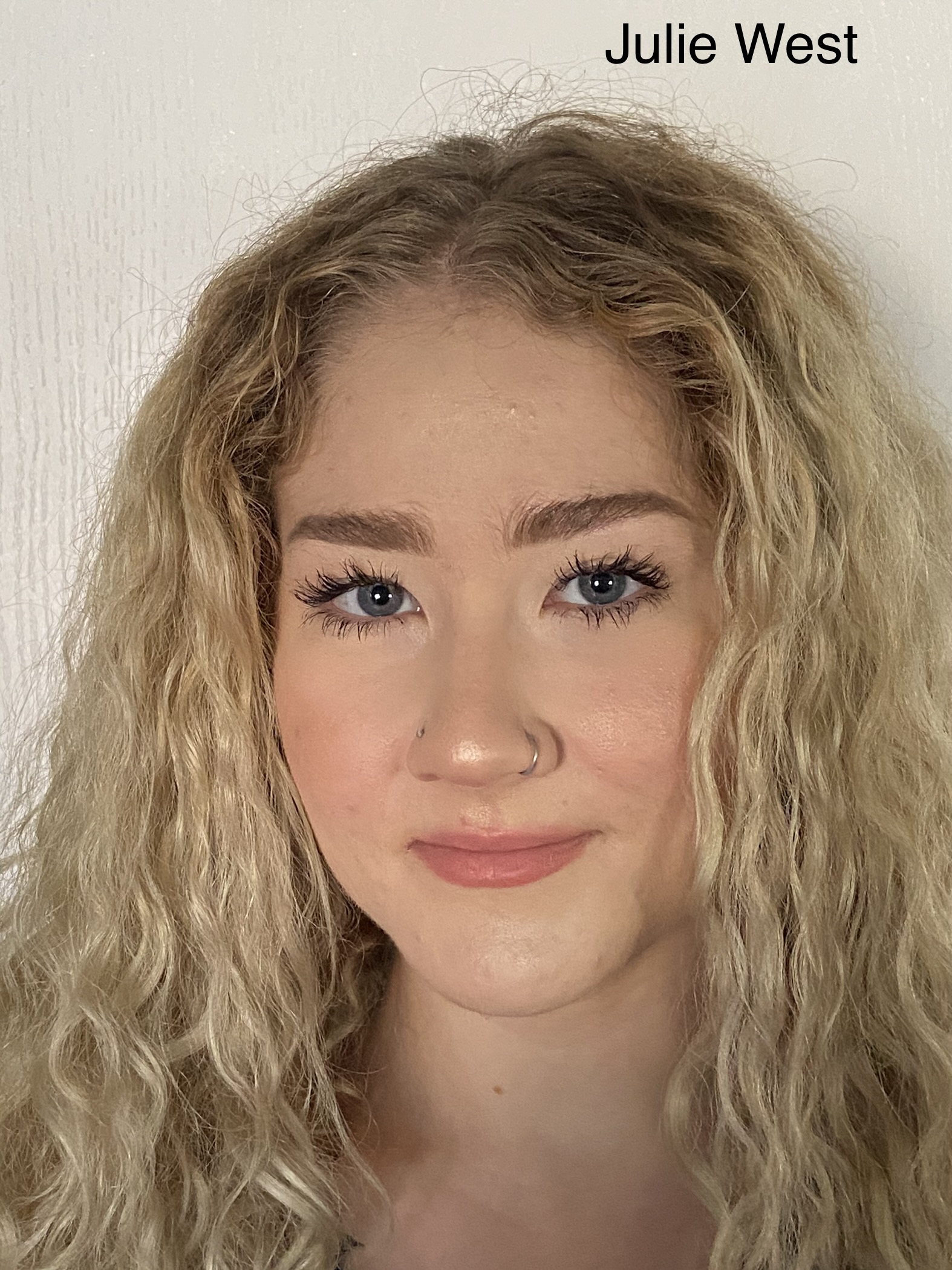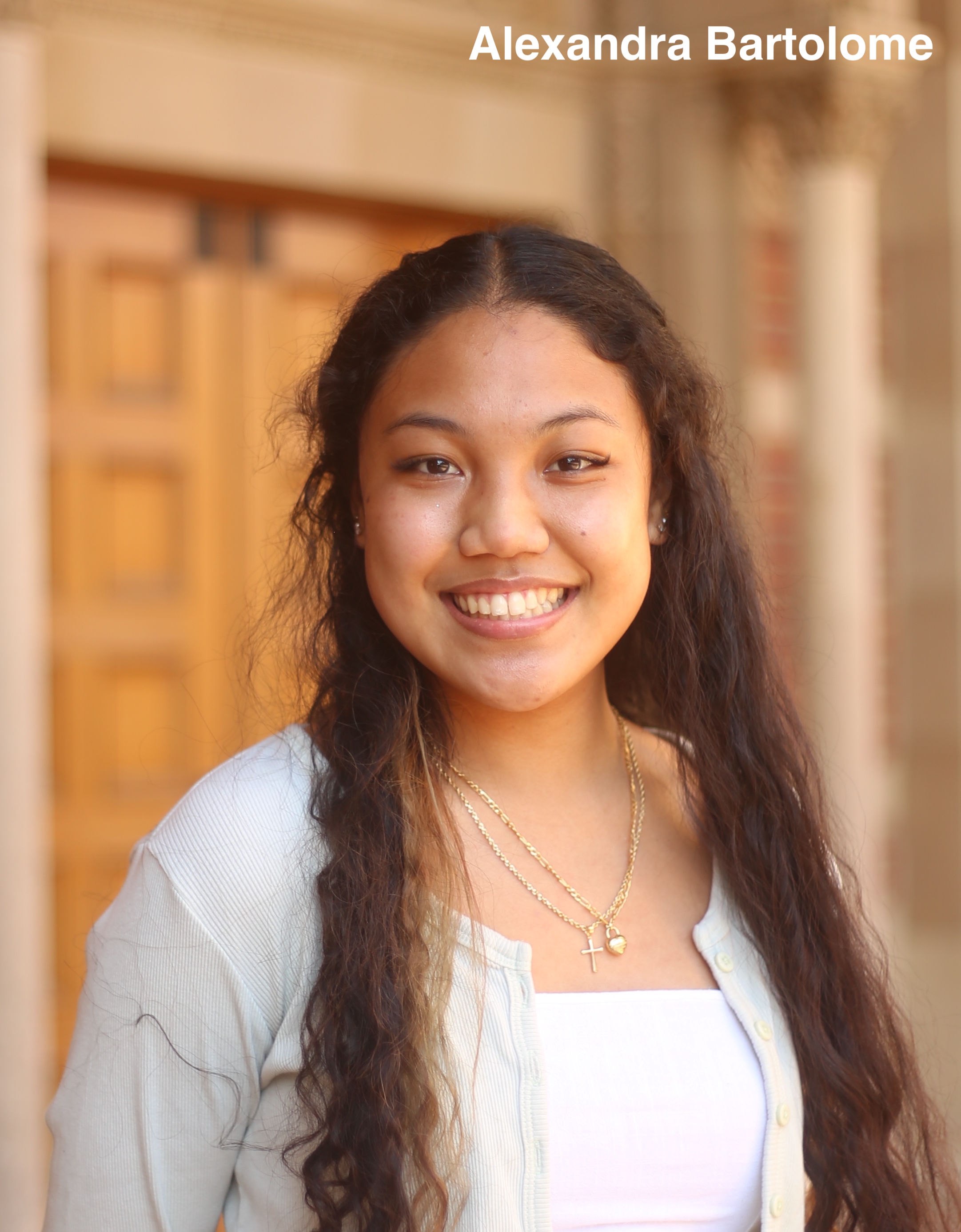Below is a summary of the abstract you submitted. Presenting author(s) is shown in bold.
If any changes need to be made, you can modify the abstract or change the authors.
You can also download a .docx version of this abstract.
If there are any problems, please email Dan at dar78@pitt.edu and he'll take care of them!
This abstract was last modified on March 15, 2022 at 4:19 p.m..

Bacteriophages are an incredibly numerous and diverse population of viruses whose study can provide more insight on evolutionary mechanisms, host-phage relationships, and phage genomics. Mycobacteriophages are one particular category where research can have clinical implications in regard to pathogenic species like Mycobacterium abscessus and Mycobacterium tuberculosis. Mycobacterium smegmatis, a common soil dwelling bacterium, is used as a model organism for recombinant DNA research and bacteriophage infection due to its ease of genetic manipulation, low risk of pathogenicity, and presence of proteins that are also found in pathogenic species. While significant research has already been performed with mycobacteriophages infecting M. smegmatis, the extent of phage diversity is still unknown with respect to genomic content and evolution. In an attempt to grow the collective knowledge of mycobacteriophages and find potential candidate phages that can be used in clinical studies, we collected a soil sample and isolated Yassified, a novel phage of Myoviridae morphology, using M. smegmatis as the host bacterium. Standard isolation and purification protocols along with resulting plaque assays indicated that Yassified exhibits clear, round plaques with diameters ranging from 1-2mm at 35°C, with no plaques forming at 37°C. Cation enrichment with MgCl2 resulted in clear, pinpoint plaques, but replicates of the protocol are required to demonstrate consistency of results. Further classification of Yassified will involve restriction digests to identify its molecular fingerprint and assessments of Yassified’s host range against other mycobacteria for potential therapeutic use. Additionally, sequencing, genome annotation, and comparing host ranges among mycobacteriophages can aid in cluster determination. Lastly, it is of interest to investigate the lysogenic capabilities of Yassified, as mobile genomic elements have been found in lysogenic mycobacteriophages and can contribute to our understanding of the evolution of phage genomes in the context of horizontal gene transfer and genetic mosaicism.




